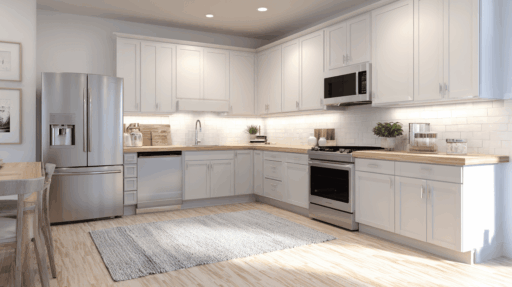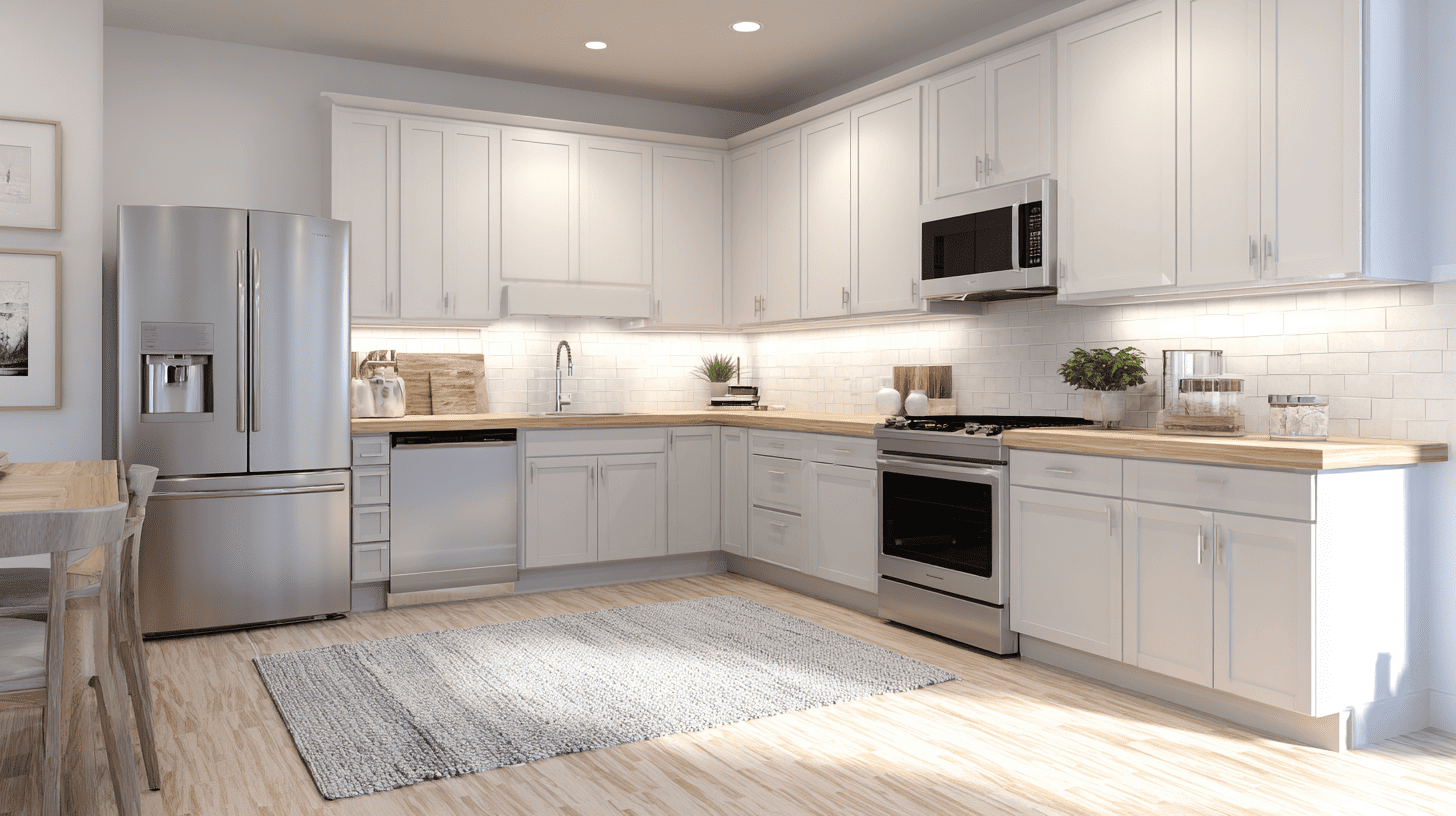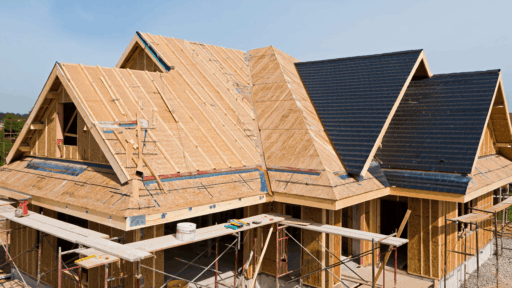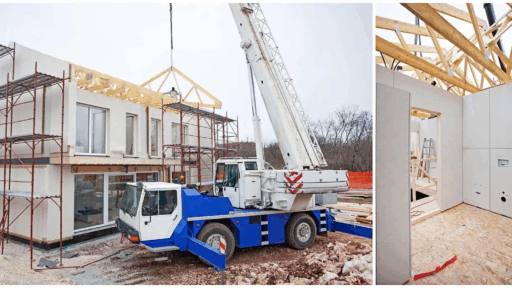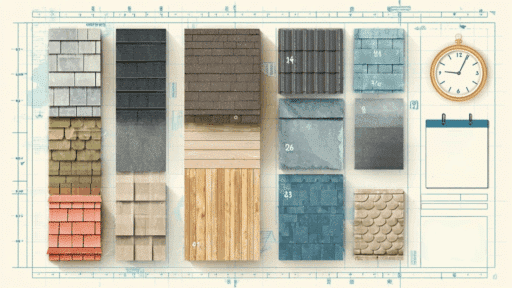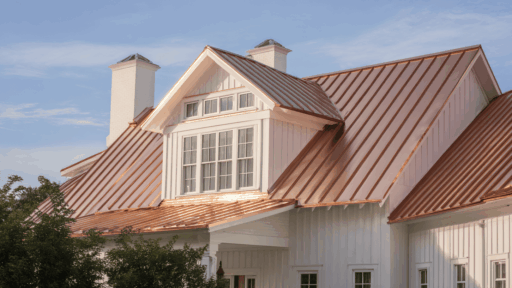You’re not the only one wondering what builder grade means.
It often appears when buying or updating a home, which can be confusing. We get it. That’s why this guide breaks down the builder grade meaning in simple terms
You’ll learn exactly what builder-grade materials are, how to spot them in your home, and when it might make sense to upgrade.
So you’re buying your first house or planning a remodel, knowing the difference between basic and better materials can save money and help you make smarter choices.
Let’s take the mystery out of builder grade and turn your home into something that truly fits your needs.
What is Builder Grade?
Builder grade refers to the basic level of materials and products used by contractors and homebuilders to reduce costs and simplify construction.
These materials meet minimum code requirements and offer decent functionality, but they often lack durability, customization, and upscale design.
When learning about builder grade meaning, it’s essential to recognize that it refers to mass-produced, budget-friendly options meant to be functional but not luxurious. While these materials help keep the initial home price lower, they’re not usually built to last for decades or fit personalized tastes.
Understanding what builder grade really means can help you recognize when it’s time to upgrade, especially if you want your home to be more stylish, efficient, or long-lasting.
Builder Grade VS Other Grades
To help homeowners understand their options, here’s a breakdown comparing builder grade with higher-quality grades:
| Grade Type | Cost | Durability | Appearance | Customization |
|---|---|---|---|---|
| Builder Grade | Low | Basic | Neutral, standard | Limited |
| Quality Grade | Moderate | Better lifespan | More stylish | Some customization |
| Custom Grade | Higher | Durable | Personalized | High |
| Luxury/Designer | Premium | Top-tier | High-end finishes | Fully customizable |
Builder grade focuses on affordability and speed. Custom or luxury grades prioritize durability and design.
Common Builder Grade Products in Your Home
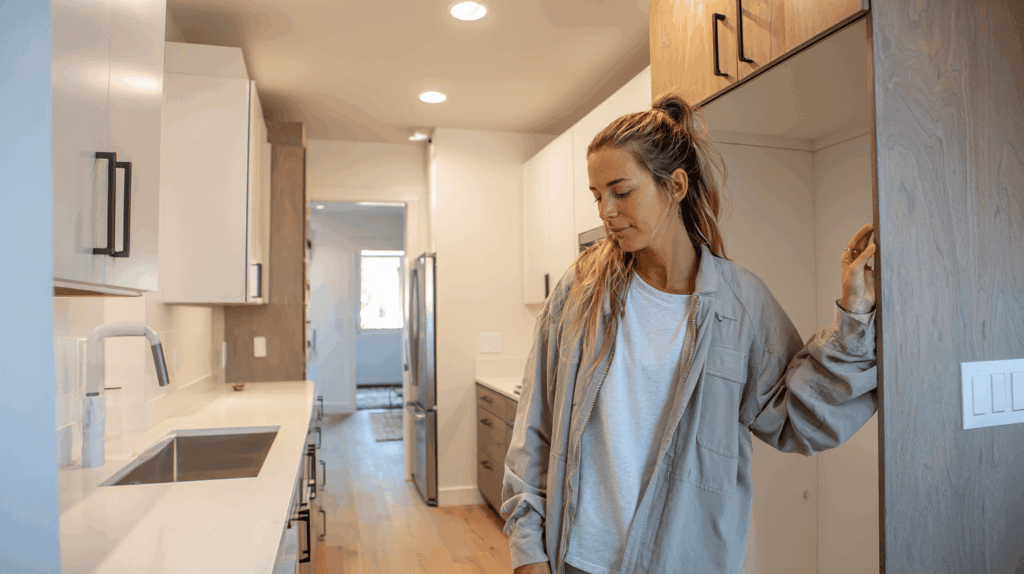
Many features in your home might be builder-grade without you realizing it. Common builder grade products include:
1. Cabinets
Usually made from particleboard or MDF, these cabinets come with basic hardware and no soft-close features. They’re often boxy and lack custom details or decorative trims.
2. Countertops
Most builder-grade countertops are laminate or standard granite with limited edge detailing. They’re functional but prone to staining, scratches, or outdated looks over time.
3. Flooring
Vinyl sheets or entry-level carpeting are common. These materials are fast to install but wear down quickly, especially in high-traffic areas like hallways or kitchens.
4. Light Fixtures
Simple dome lights or standard flush-mount fixtures are typical. They’re inexpensive and easy to replace but don’t add much personality or ambiance.
5. Sinks & Faucets
These are usually chrome-plated, single-handle designs with basic water flow. They work fine but may corrode or leak sooner than higher-quality options.
6. Toilets & Showers
Expect compact, water-efficient models with plastic parts or minimal styling. They’re built for function, not spa-like comfort or aesthetics.
These items tend to be neutral in appearance, mass-produced, and widely available in bulk. Upgrading them gradually can make your space feel more personalized and long-lasting.
How to Identify Builder Grade Products in Your Home
Wondering if something in your home is builder grade?
Here are signs to look for:
- Cabinets that feel lightweight, have thin drawers, or use stapled joints
- Laminate countertops with visible seams or curling edges
- Light fixtures that feel flimsy or look dated
- Doors that are hollow-core rather than solid
- Vinyl flooring instead of hardwood or tile
Materials may wear faster or lack unique design details found in higher-end options.
Should You Upgrade Builder Grade Materials?
Builder-grade materials offer a budget-friendly starting point for many homeowners, but they’re not always built to last. Before deciding to upgrade, consider the pros and cons:
| Pros | Cons |
| Budget-friendly and great for first-time buyers | Prone to wear and tear over time |
| Quick to install, speeding up construction | Lacks custom features and visual appeal |
| Functional and meets basic standards | May reduce your home’s perceived value |
| Easily replaced later as budget allows | Limited performance and long-term durability |
There are a few smart times to upgrade builder-grade products. If you’re preparing to sell your home, upgrades can help improve its resale value and attract more buyers.
Renovations, especially in kitchens and bathrooms, are a great opportunity to replace lower-end features.
If your current materials are wearing out or don’t match your design taste, it’s worth upgrading to something more durable and personal.
Tips for Upgrading from Builder Grade
Ready to upgrade? Start with the most impactful areas:
- Swap out cabinet hardware for an easy and affordable style upgrade.
- Refresh builder-grade surfaces with paint, stain, or peel-and-stick materials.
- Replace basic light fixtures with statement lighting for instant character.
- Use rugs, backsplashes, or curtains to add color and texture affordably.
- Plan upgrades by room and budget to stay focused and cost-efficient.
Prioritize projects based on your budget and goals. Focus on rooms with daily use or high visibility.
Wrapping it Up
Builder-grade materials make home construction more affordable, especially for first-time buyers.
They offer a blank canvas that you can improve as your style and budget grow.
Knowing how to identify builder-grade products and understanding the builder grade meaning helps you make smart decisions for comfort, durability, and resale value.
If you’re planning a renovation or just learning about your home, understanding builder grade meaning gives you the power to turn basic into beautiful.
Frequently Asked Questions
How Do Builder-Grade Materials Affect Home Insurance or Warranties?
They often have shorter warranties and can affect insurance premiums because of lower durability.
Are Builder-Grade Materials Environmentally Friendly?
Typically, they focus on cost over sustainability and may be less eco-friendly than higher-grade options.
Can Buyers Upgrade to Better Materials During Construction?
Yes, many builders offer upgrade packages for improved quality without a full renovation later.
Do Builder-Grade Materials Impact Home Energy Efficiency?
Basic builder-grade products may lack energy-saving features, so upgrades can reduce utility bills.

